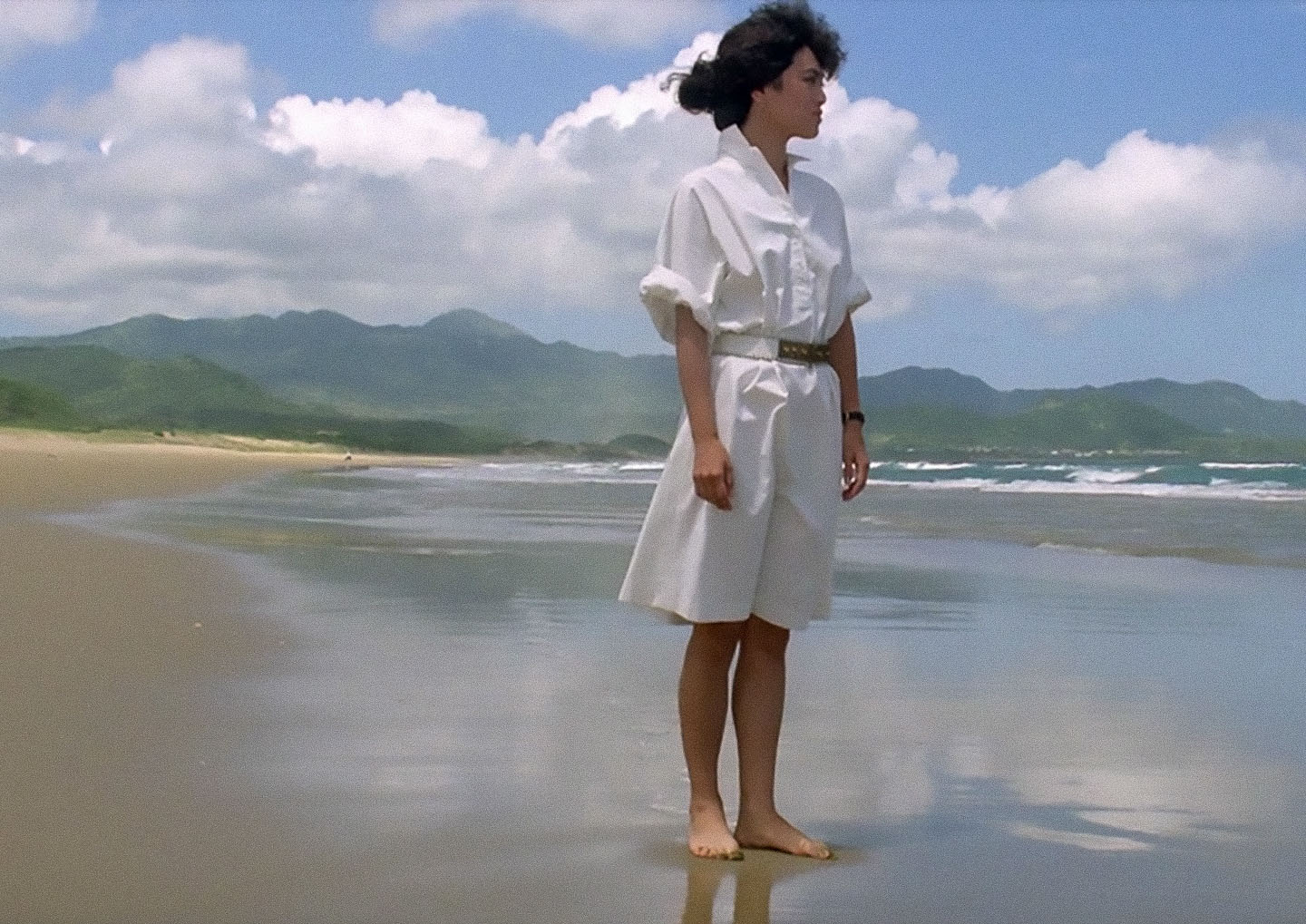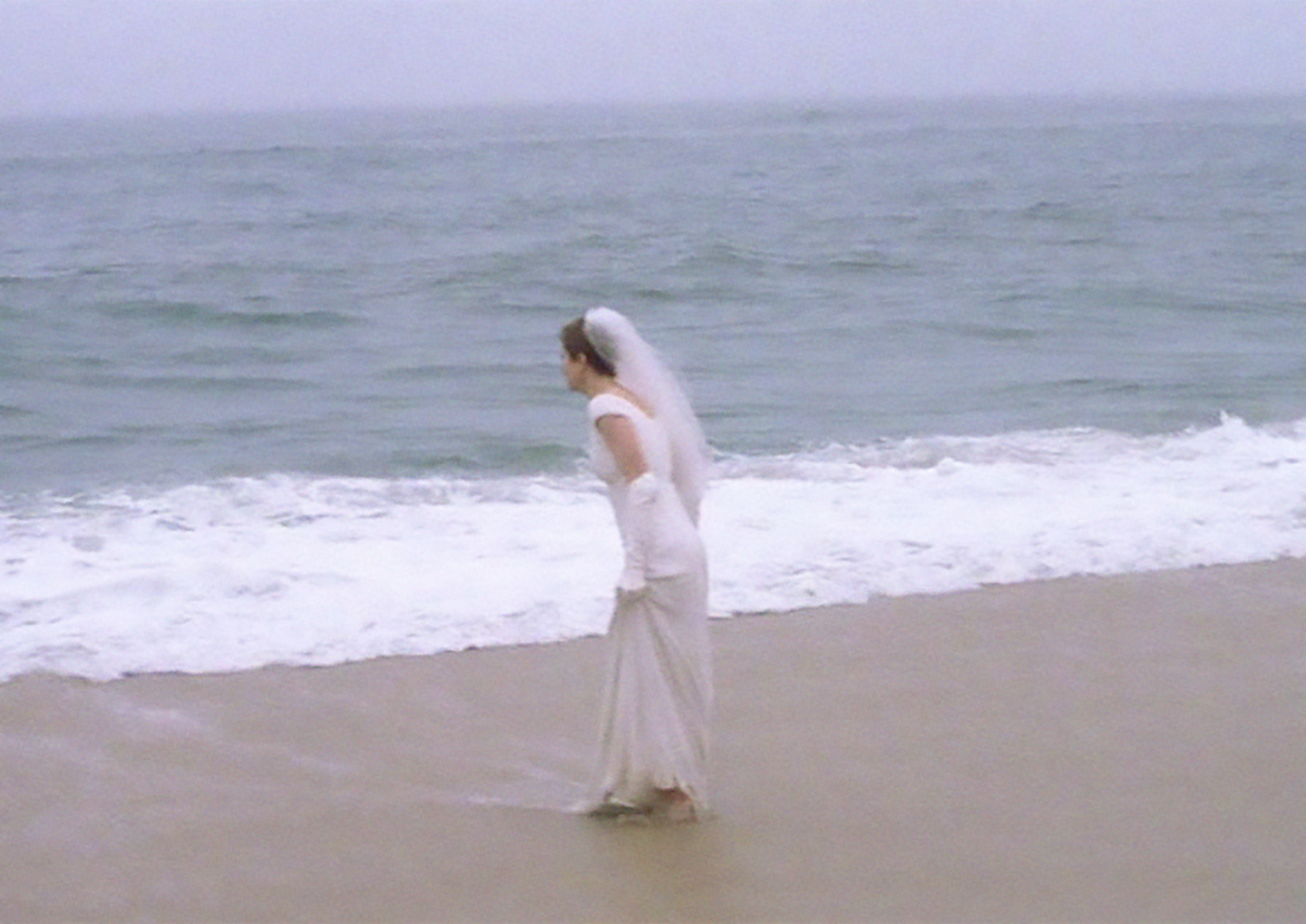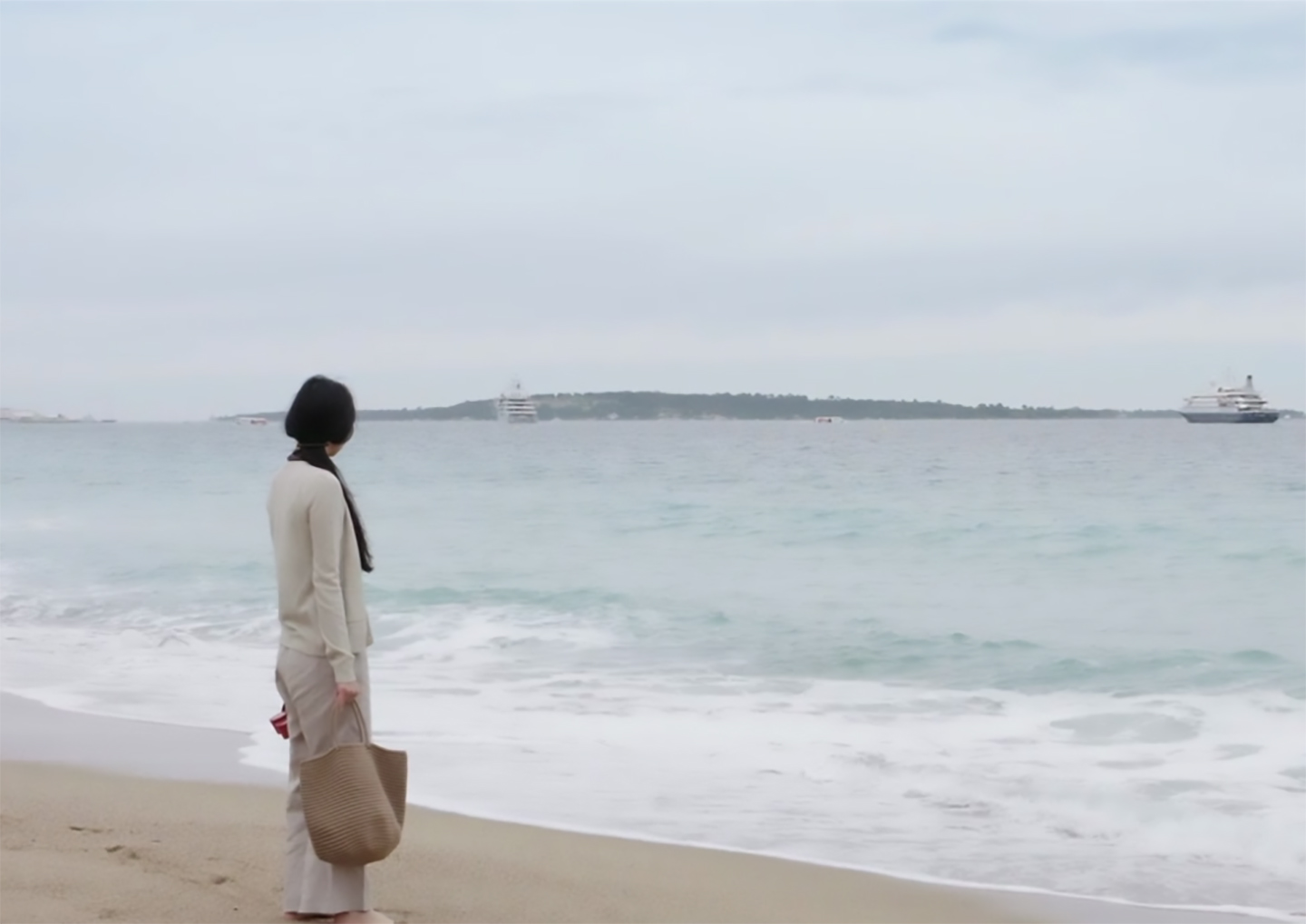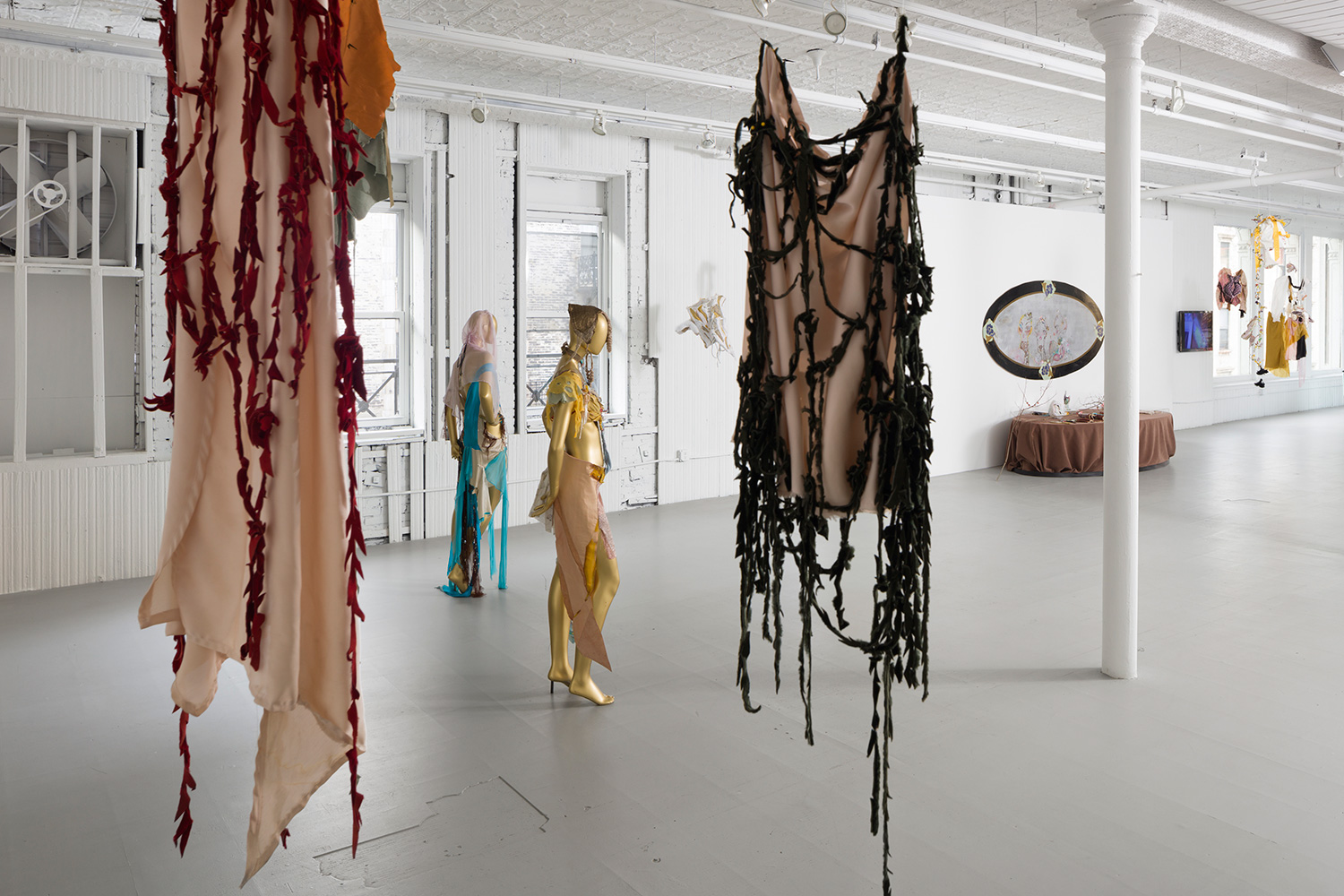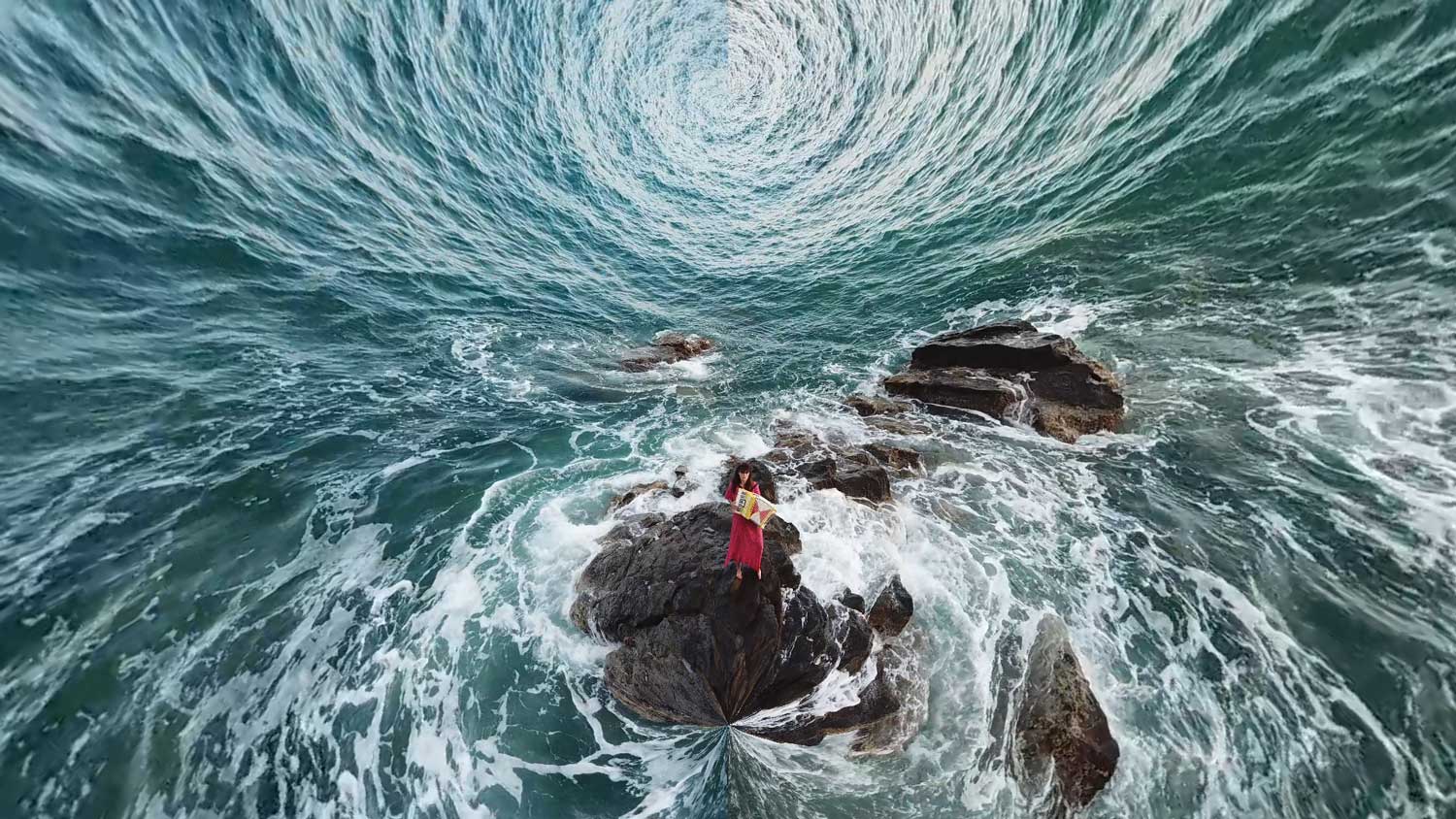Movie Night is a column exploring film semiotics and thoughts about moviegoing in general.
“Does Madonna drown herself in the ocean? Does she move on from her lover? Whatever the case, there is no denying this moody video is one of Madge’s most effective ever.”
— Christopher Rosa, VH1 (2016)
“The sea is all around; we’re destined to sail forever.”
—Russian Ark(2002)
There’s a lot to admire about the shallows, that section of the shoreline where toddlers raise hell and dig their little hands into the wet sand like mooring posts. You can spend hours playing with unruly crabs and cuttlebones, or dipping hunks of frosted sea glass into the surf to restore their polish. You can lie on your belly with your head above water and let the soft tide move you this way and that. Or you can just stand and look: at shells and teeming rockpools, whitecaps and diving gulls.
It’s also the domain of less charming things — washed-away sandcastles, worms and biting gnats. There’s dirty sewage breezes and bathers emerging tangled in stingers that slop across their backs. Not to mention the site of many accidents — a sudden dumping wave, popsicles lost in the froth, a bodyboard that sticks instead of slides, giving its rider a rude jolt.
What we think of as the edge of the earth is really a halfway point, the threshold between two masses. Not quite deep enough to swim, not quite dry enough to feel comfortably grounded. A few steps forward and you’re floundering to stay afloat, a short stumble backward and you’re lying on a beach towel. It’s that rare mess of land and sea that manages to be both and neither.
Likewise this space recurs in cinema as a setting for those who are caught between choices, immersed in the interminable, emotional muck of changing their lives. In particular, the image of a lone woman standing on the shore, water lapping at her ankles or her calves, reappears throughout disparate films and across decades. It nevertheless always expresses the same mood: the boundless potential of being stuck.
Take Madonna, for example, traipsing up and down the coast in the music video for “The Power of Good-Bye”. It was the fourth single from 1998’s Ray of Light, an album swamped in aquatic feeling with tracks like “Swim” and the quite perfect “Drowned World / Substitute for Love.” A gurgling ballad about deciding to leave a closed-hearted lover, the corresponding clip seems to have been recorded at the bottom of a lake — soaked as it is in everything green and blue.
Caught at a romantic impasse, the artist finds herself on the brink of singledom and, quite literally, the Pacific Ocean. As she paces toward the waves, it’s less a scene of vacant contemplation and more about being drawn to the kind of giddy chaos that only the ocean adequately metaphorizes. In other words, she’s not staring off into the distance because she’s consumed by sadness; rather, she’s looking to be submerged in the new experiences that this resolution could offer — in all that is thrilling, fearsome, sick, carnal, and free.
These shots, a direct homage to the seaside suicide of Joan Crawford in Humoresque (1946), could seem a world away from the “Cherish” video, wherein Madonna rolled about in the surf in Herb Ritts-lensed ecstasy. But really they’re equally joyous. To loiter in the shallows is here like being engulfed in a sea of possibility, with every version of one’s life visible at once — the choices taken and abandoned, the gladness and despair, the small losses, vanished opportunities, and thundering delight. Placing character and spectator amid that unknowable mass grants them shared access to an alternate temporality, not of mere fantasy but of indeterminate imagination.
Crawford’s death in Humoresque is also closer to a moment of absolution than one of abject tragedy. She plays jaded socialite Helen Wright, trapped in a stagnant marriage until falling for young concert violinist Paul Boray (John Garfield). Eager to pursue a chance at sincere love but realizing that her adulterous past will likely spoil his nascent career, she heads to the coast and drunkenly drowns herself to the tune of Wagner’s “Liebestod.” The frame cuts back and forth between crashing waves and Crawford’s cheekbones in tear stained close-up until the two forms become one. Gorgeously edited and dripping in melodrama, this soaring finale puts Wright’s tortured narrative to rest while offering her lover an opportunity for romantic renewal. If, Biblically speaking, large bodies of water function as a moralizing reminder of the end times, then it stands that this cinematic motif affords both destruction and renewal — endless promise springing from images of grave finality.
On a less sacrificial note, the same sense of breathtaking potential permeates shoreline scenes in everything from Edward Yang’s debut That Day, On the Beach (1983) to Wiccan horror Night of the Eagle (1962), Hong Sang-soo’s Claire’s Camera (2017), and Céline Sciamma’s glorious Portrait of a Lady on Fire (2019). These are all women on the verge — not necessarily of an amphibious breakdown — but each and every one occupied by the business of change and keen to be immersed in some parallel strand of their own lives. It’s a childlike escape made with all the understanding that comes with having survived the trials of adulthood.
That’s how we come upon Nicole Kidman in the final shot of Jonathan Glazer’s much-reevaluated grief opera Birth (2004). Manhattan widow Anna (Kidman) has spent a decade recovering from her loss and is on the brink of marrying her somewhat clammy fiancé Joseph (Danny Huston) when a young boy interrupts their engagement party to reveal that he is her dead husband reincarnated. Initially skeptical but increasingly bewitched by the child’s uncanny nature, she finds herself falling back in love with his reanimation of her former life. When it’s eventually revealed that she’s been the subject of an elaborate trick, crafted by a well-meaning boy with an otherworldly imagination, Anna is forced to reckon with her misery for a second time. She’s once again mired in the grief of loss and also of capitulating to wed a new husband who is so clearly out-of-step with her own psychology and capacity for gentleness.
In the film’s closing moments, Anna has abandoned her Hamptons wedding reception to trudge down to the shore, standing like a pillar in the freezing water — quite rigid aside from her chest, which heaves in some devastating hyperventilation. Her limbs are so petrified that you imagine they’d creak if you could only hear them over the swell. Although calling to mind Kidman’s proximity to aquatic misery in everything from Dead Calm (1989) and To Die For (1995) to The Hours (2002), this sequence is something different. Here she stumbles dumbly through the shallows in order to retrieve that overwhelming sense of promise she felt when first learning that her late husband might have somehow returned.
Awash in all the competing realities of her life — the partner she did and didn’t lose, the boy she did and didn’t run off with — as well as the stubborn feeling that the lie might still be true, Anna is simultaneously exhausted by sadness and experiencing a strange reverie. It’s something hellish and sublime. When Joseph eventually runs down to the beach and pulls his new wife from the surf, she lets out a gasp that is anguish, climax, and exorcism all stitched into one. Together they stagger away to dry land, walking through the type of sand that refuses to sink underfoot.
It’s sometimes difficult to imagine why anyone would be drawn to the turbulence of the sea, so eager to dip in a naked toe as it rolls and calms and crashes around them. For all its sloppy violence, there’s a comfort in revisiting that space, as if still a toddler on a summer’s day. It’s similar to the kind of familiarity found in the reappearing Montauk beach from Eternal Sunshine of the Spotless Mind (2004), in the cyclical waves of Christopher Nolan’s space melodrama Interstellar (2014), and in the digitally rendered water that fills the final frames of Alexander Sokurov’s experimental history film Russian Ark (2002). If we accept that the chaotic patterns of the ocean are destined to come around again and again, then the act of decision-making becomes something to wallow in rather than feel threatened by. There’s great freedom in being reminded that the entire experience of living is a mechanically repetitive mess.
It’s akin to wading through your own head — or what we might imagine our feelings to look like on the inside, if you cracked them like a hen’s egg — once sloshing now still, shocking and yet always the same. To linger at that threshold is to be swimming through a deluge of possibility, including the risk of utter failure at every moment. Just as Russian Ark’s wondrous one-shot structure balances on a knife-edge or Anna’s new marriage will surely be irrevocably strained in Birth, there is much to fear in a leap of faith or a daring gamble. But there is also limitless potential in leaving the safety of the shore, feet brushing past innumerable soft-boned and hard-shelled things in the water below.

